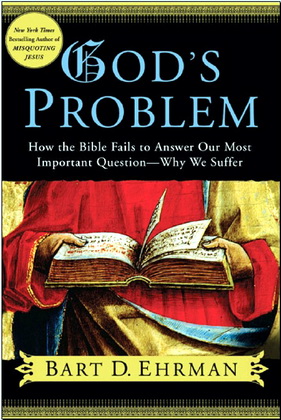
Hengel - Crucifixion - Хенгель
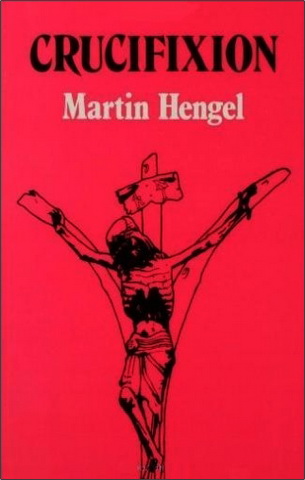
В книге Crucifixion in the Ancient World and the Folly of the Message of the Cross, Мартин Хенгель,привлекая богатый исследовательский материал, рассматривает феномен распятия и отношение к нему в древнем мире.
Martin Hengel - Crucifixion - In the ancient world and the folly of the message of the cross - Распятие - Мартин Хенгель
First American Edition by Fortress Press 1977
Second printing 1978
ISBN 0-8006-1268-X
Martin Hengel - Crucifixion - In the ancient world and the folly of the message of the cross - Распятие - Мартин Хенгель - Contents
Abbreviations
Introduction: Mors turpissima cruris
- 1. The 'folly' of the crucified Son of God
- 2. Prometheus and Dionysus: the 'crucified' and the 'crucifying' God
- 3. Docetism as a way of removing the 'folly' of the cross
- 4. Crucifixion as a 'barbaric' form of execution of the utmost cruelty
- 5. Crucifixion as the supreme Roman penalty
- 6. Crucifixion and Roman citizens
- 7. Crucifixion as a penalty for rebellious foreigners, violent criminals and robbers
- 8. The 'slaves' punishment'
- 9. The crucified national martyr and metaphorical and philosophical terminology
- 10. Crucifixion in the Greek-speaking world
- 11. Crucifixion among the Jews
- 12. Summary Bibliography
Index of ancient authors
Index of modern scholars
Martin Hengel - Crucifixion - Introduction: Mors turpissima cruris
This study first appeared as an article in Rechtfertigung. Festschrift fur Ernst Kasemann zum yo. Geburtstag, ed. J. Friedrich, W. Pohlmann and P. Stuhlmacher, Tubingen and Gottingen 1976, 125-84, and the three Latin words of its original title, mors turpissima cruris ('the utterly vile death of the cross'), best sum up its content. They come from Origen, Commentary on Matthew, on 27-22ff. (Klostermann, GCS 38, p. 259): поп solum homicidampostulantes ad vitam, sed etiam iustum ad mortem et ad mortem turpissimam cruris (asking not only life for a murderer but also death for an innocent man, indeed the utterly vile death of the cross). J. Schneider, TDNT VII, 573 n. 15, gives these words as a quotation from Tacitus: he has evidently overlooked the dash which separates adjacent quotations from Tacitus and Origen in P. Winter, On the Trial of Jesus, SJ 1, 1961, 185 n.21.
I am especially grateful to my assistant Helmut Kienle for clarifying this complicated state of affairs: he has given me untiring help in checking quotations, gathering scattered material and reading proofs. I am also grateful to Gottfried Schimanowski for his help, especially with the typescript. I am further deeply indebted to my colleague Professor Rengstorf of Munster for communicating the Josephus passages containing rrpoGTjXovv, aravpos, aravpovv, and to the Thesaurus Linguae Latinae, Munich, for the occurrences of patibulum. The Thesaurus offers the richest material on the terms crux, crucifigo, etc. (IV, cols. i22off.), but the information in Stephanus, Thesaurus Graecae Linguae on dvaprdco, dvaGKoXomco, dvaaravpoa), Kp€[A,dwv[JLi, TTpoarjXoa), aavis, oravpos and oravpoco is very haphazard and needs to be supplemented by the concordances to the various individual Greek writers. An attempt has been made to include all available material in this study, but because of the shortness of the time available for it, a number of instances may have escaped my attention, especially as there are no adequate concordances for many writers. While the manuscript was at the printers my colleague H. Cancik made many valuable suggestions for improving and extending it and Professor Louis Robert of Paris sent important information by letter.
The key works on the subject are listed in the bibliography; attention is called particularly to the works by Lipsius, Zestermann, Stockbauer, Fulda, Керацо-ttovXXos, Blinzler, Dinkier andPeddinghaus, to the study by H.-W. Kuhn and to the unfortunately all too brief articles in PW by Hitzig and Latte. Mommsen's classic Romisches Strafrecht is still the most important work on the legal aspect of crucifixion. More recent studies on legal questions are often disappointing. In his monumental work Die Quellen des Romischen Rechts, Vienna 1953, L. Wenger does not even include the words 'Kreuz', 'Kreuzigung' in his extensive index; the same is true of later works on Roman penal law, e.g. W. Kunkel, Kleine Schriften. Zum romischen Strafverfahren und zur romischen Verfassungsgeschichte, 1974. P. Garnsey, Social Status and Legal Privilege in the Roman Empire, 1970, I26ff., gives a few instances. I am grateful to Dr W. Pohl-mann for calling my attention to this work and to a number of studies on the history of law. There is still an urgent need for a comprehensive study of crucifixion and capital law in antiquity, including the Jewish world.
The original German text has been revised and considerably enlarged for the English translation. I have tried not only to add new evidence but also to complete the interpretation of different texts. The whole work is meant to be a preparation for a more comprehensive Hheologia crucis of the New Testament.
Tubingen January 1977
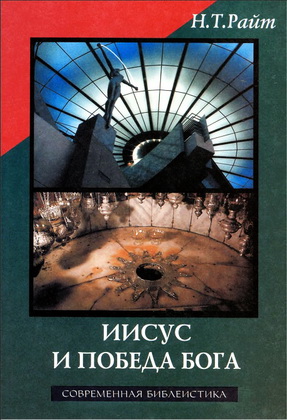
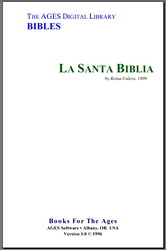
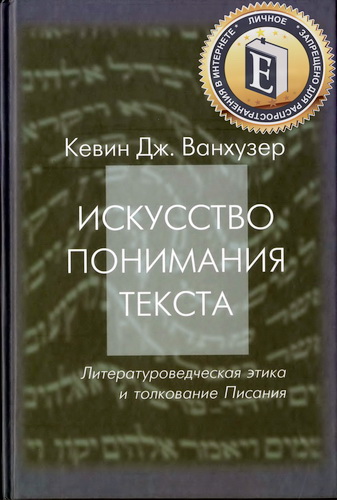
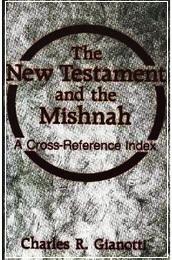
Комментарии
Пока нет комментариев. Будьте первым!